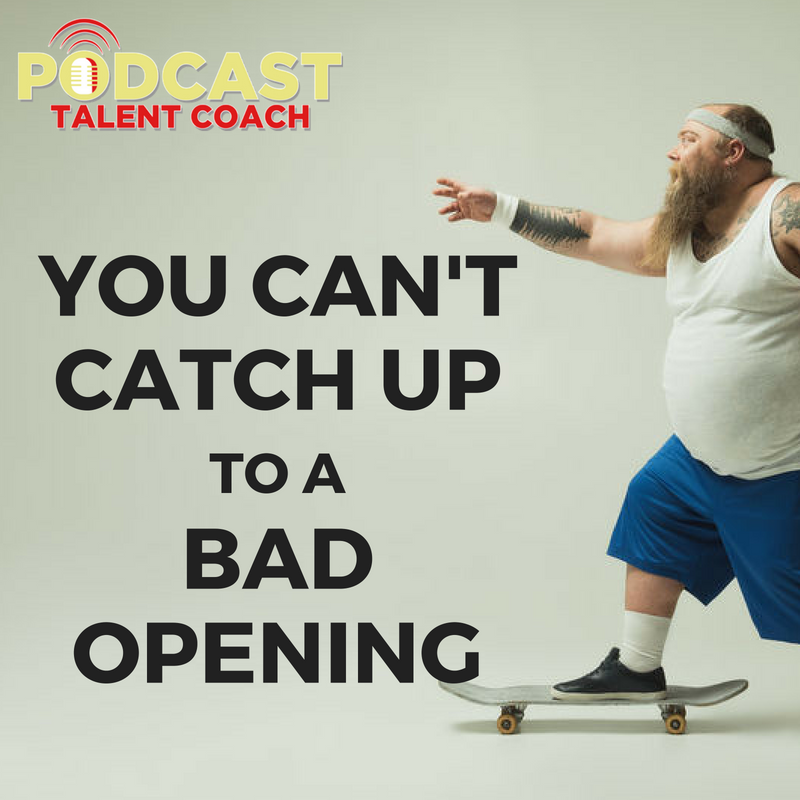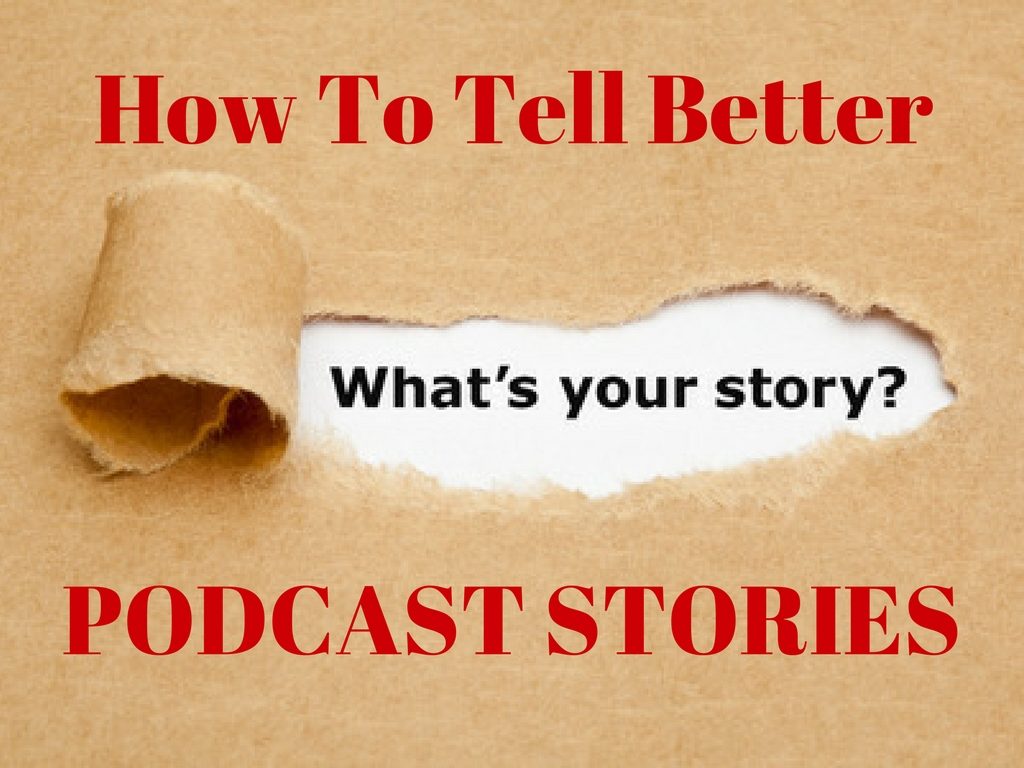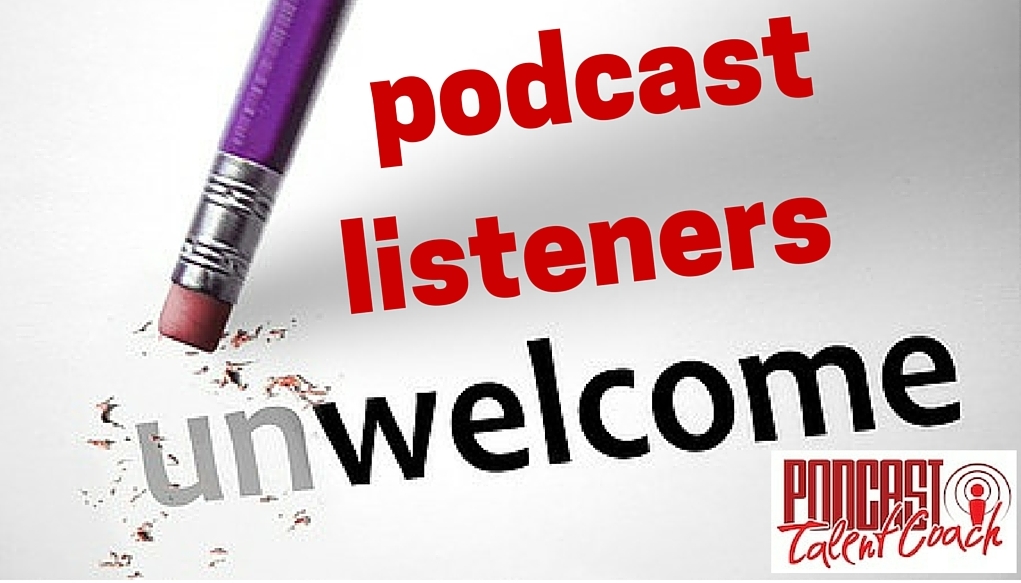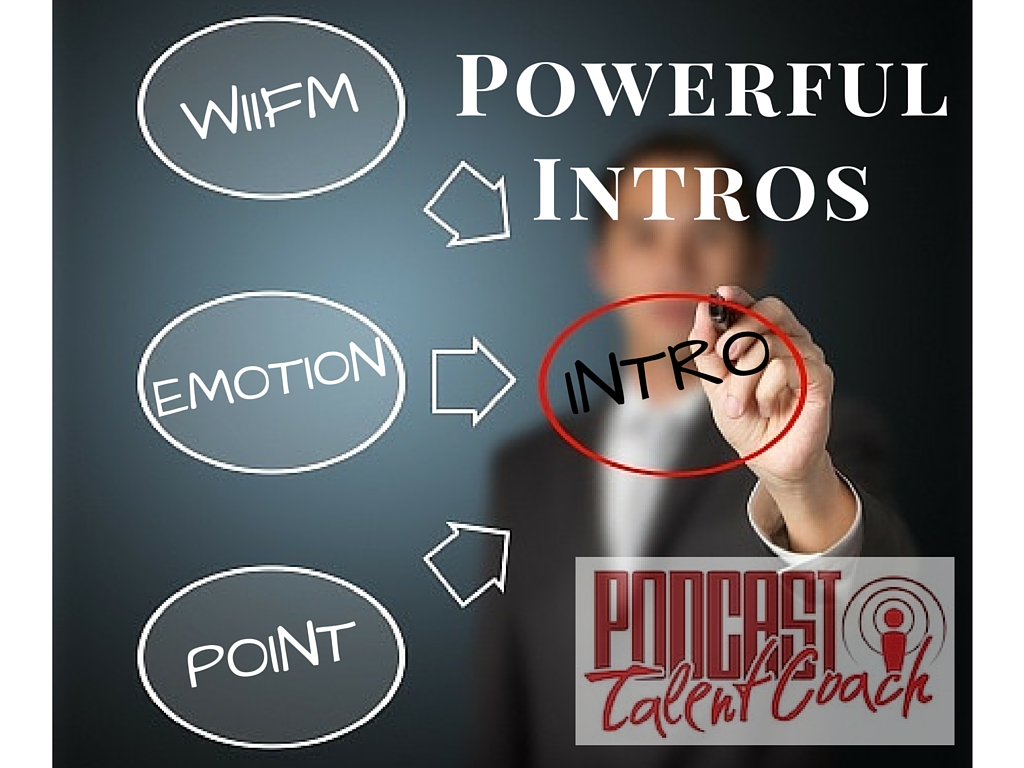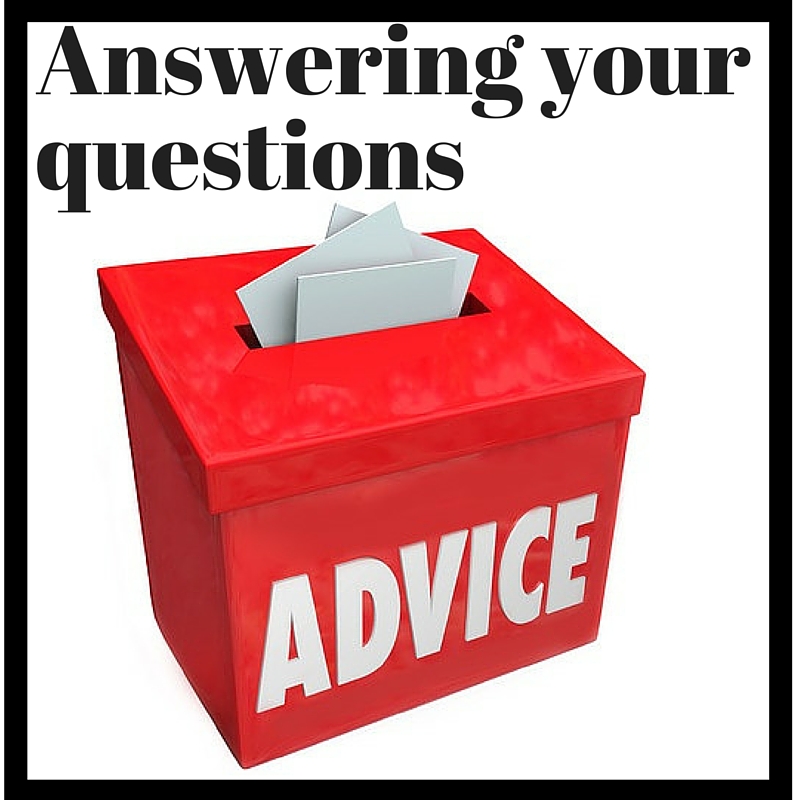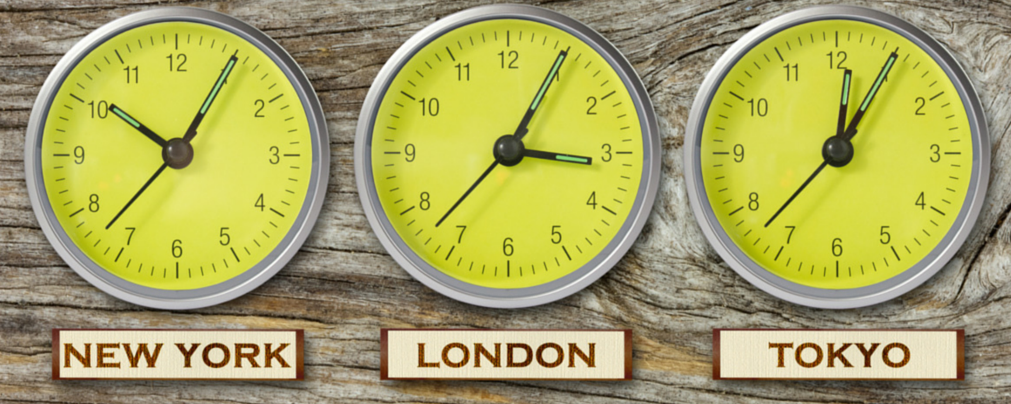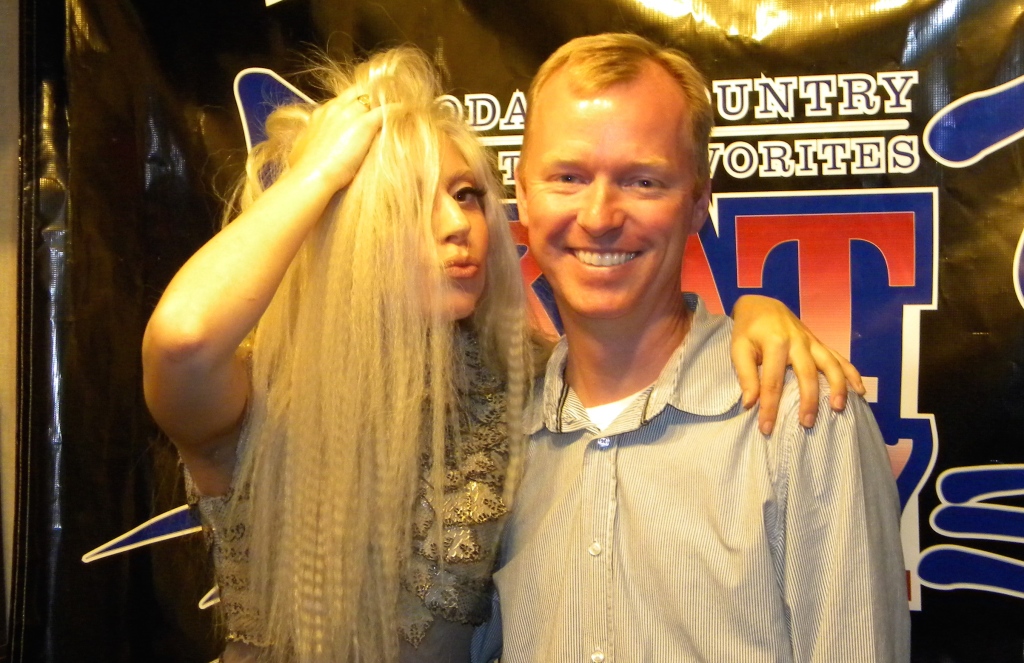Podcast: Play in new window | Download
Subscribe: RSS
The introduction of your podcast is probably the most critical part of your show. A typical listener will give you between 90 seconds and a few minutes to entice them to stick around. Don’t blow it. You can’t catch up to a slow start.
Today, we are going to break down six different podcast intros. I will show you which parts of the introduction are effective and which are not.
When you create your podcast introduction, you need to put yourself in the shoes of your listener. What is in it for them? That is what they will be asking. How will they be better by the end of the episode?
If you are going to use a clip from the episode at the beginning, you need to open a conversation loop. Tease the content to come by creating some intrigue. Make your listener want to stick around. If you can’t do this, don’t use a clip.
The voiceover intro should tell your listener who you help, what you help them do and why. You do not need to structure it in those exact words. However, your intro should answer those questions.
As an example, our first sample episode opens with, “Do you love your work? Do you think it’s possible? You’re about to find out.”
Do you know what this show is all about? It sounds like a show about finding a career that you love. I don’t even need to tell you the name of the podcast.
Edit your introduction. Keep it short. Let it give your episode momentum. Don’t coast and wander your way into the show. Start quickly. Capture the attention of your listener and get them excited about the content.
If you would like help with your introduction, grab my Podcast Introduction template at www.PodcastTalentCoach.com/intro.
Ok, let’s jump into the intros. First up is “48 Days to the Work You Love” with Dan Miller.
48 DAYS TO THE WORK YOU LOVE WITH DAN MILLER
Host: Well, a listener says, “Hey Dan … all this talk about setting goals and getting things done sounds great but, I’m a thinker. Not a doer.”
(VO over music bed) Do you love your work? Do you think it’s possible? Well, you’re about to find out. It’s time for 48 Days to the Work You Love with Dan Miller on the 48 Days online radio show. Whether you need a professional tune up, or a work overhaul, this is the program for you. Now here’s your host, Dan Miller.
Host: Well, what do you think? Do you need a tune up or a complete overhaul? You know, we’re still here at the beginning of the year. A great time to be looking at that. Just gonna have some little kind of subtle realignment to what you’re gonna do? Or, are you gonna really make a break and head off in a new direction? We’re hearing from lots of you who are doing both of those things. Delighted to hear the plans you’re making.
You know, last week, the lead in was, “I know what to do, but can’t make myself do it.” We had a whole lot of you that that apparently kind of struck a nerve, and you commented on that. I’m delighted to have you do so. We’re gonna talk some more about that. What is it that keeps us from doing? There may be some unique kind of built-in traits that we have that make us more a thinker than a doer. Well, we’ll look at that.
So, questions … “I know what I need to do, but I’m easily turned back to wonder and invention.” Somebody asked, “How can I make some money off the land I just inherited?” “Where do you find customers who aren’t broke?” Love that question. We’re gonna dig in.
INTRODUCTION ANALYSIS
First, the title of the episode doesn’t get too cute. It let’s you know what the podcast is all about. “48 Days To The Work You Love” sounds like a career search podcast. The name isn’t too clever or too cool for the room.
The tease to open the podcast is effective. It is short and to the point, while creating anticipation of what is to come. The tease gets you guessing what the quote is all about. It makes you want to stick around to close the circle.
The voiceover introduction starts with the listener point of view. “Do you love your work? Do you think it’s possible? Well, you’re about to find out.” These three sentences reinforce exactly what this podcast is all about. The intro makes it relevant to you. We don’t waste a lot of time with information you don’t need.
Dan comes in after that with the overview of this particular episode. We know what the podcast is all about. He now tells us how this particular episode is special. What makes this one different than the others.
Again, he begins in the shoes of the listener with, “Well, what do you think? Do you need a tune up or a complete overhaul?” He gets the listener invested in the content.
Dan does a nice job creating social proof. He uses phrases like, “We’re hearing from lots of you”, “Delighted to hear the plans you’re making”, “and you commented on that”, and “So, questions …” All of these statements show listeners exactly what he wants them to do.
Finally, Dan gives an outline of the questions he will address on this episode. This is sort of a table of contents.
Overall, this is a solid introduction.
BUSINESS UNUSUAL
The next introduction is “Business Unusual” with Barbara Corcoran from Shark Tank.
(Host) Hey this is Barbara Corcoran you are now tuned in to “Business Unusual”. And, everything you ever learned about business, throw it out the window. I’m gonna tell you the real deal. Listen in.
Today, I’m gonna answer all your burning question about work, life, starting a company, getting on track, and much much more. Be sure to call into the “Business Unusual hotline” with your question at 888-BARBARA. That’s 888- BARBARA. But first today we’re gonna be talking about moms getting back in the workforce. What do you do when you put your life on pause, or at least your career on pause, to raise a bunch of kids and you want to get back? Listen in. I’m going to give you great advice.
INTRODUCTION ANALYSIS
This is a solid intro. It doesn’t start with your typical sample clip from the episode. Barbara gets right into it.
A sample clip isn’t necessary. If you plan to use a clip to tease the episode, you need to do it properly. A teaser clip should create some anticipation. It should open the loop that needs to be closed by listening to the show. Pulling a random clip doesn’t accomplish either of those.
Barbara tells us exactly what the podcast is all about. You know she tells it like it is. Her intro is focused on you. She says, “I’m gonna answer all your burning question about work, life, starting a company, getting on track, and much much more.” Barbara also gives you the phone number to participate.
She effectively tells you what the podcast is about, so you know it is right for you. Barbara then says, “Today we’re gonna be talking about moms getting back in the workforce. What do you do when you put your life on pause, or at least your career on pause, to raise a bunch of kids and you want to get back? Listen in.” She sets up the content for today to keep you around for the entire episode.
This whole intro is short and sweet. I love the momentum it creates.
FLIPPED LIFESTYLE
Next is the “Flipped Lifestyle” podcast with Shane and Jocelyn Sams.
(Host) Hey y’all! On today’s podcast we welcome back Brooke Butcher. Last time Brooke was on the show, she was just starting out and growing her online nursing community. On this episode we get to celebrate Brooke’s growing membership and her incredible milestone. Brooke just quit her job and works full-time online. On today’s podcast Shane is helping Brooke get used to her new, self-employed, location independent lifestyle as well as growing her nursing membership. You’ll learn how to balance your time between business and life while working at home, promotions to help grow your membership site and how to know when it’s time to go full-time online. You are going to love today’s podcast. Enjoy the show.
(Voiceover) Welcome to the “Flipped Lifestyle” podcast, where life always comes before work. We’re your hosts, Shane and Jocelyn Sams. We are a real family who figured out how to make our entire living online. Now we help other families do the same. Are you ready to flip your life? Alright. Let’s get started.
(Host) What’s going on everybody? Welcome back to the “Flipped Lifestyle” podcast. It is great to be back with you today and I am super excited because not only is this an amazing member of the Flip Your Life community on the show, it is a repeat guest. It is someone we know and love and we are going to be celebrating some major, major wins in her online business and her membership world today. Welcome back to the program Brooke Butcher.
INTRODUCTION ANALYSIS
This intro is solid, but could be cleaned up a bit. The opening bit delivered by Jocelyn before the voiceover says much the same thing Shane says after the intro.
Jocelyn’s part could have been cut in half. This portion is intended to get you to listen to the rest of the episode. We don’t need a full guest introduction here. This portion would have been sufficient:
“On today’s podcast Shane is helping Brooke get used to her new self-employed, location independent lifestyle as well as growing her nursing membership. You’ll learn how to balance your time between business and life while working at home, promotions to help grow your membership site and how to know when it’s time to go full-time online. You are going to love today’s podcast. Enjoy the show.”
After this part, Jocelyn says Brooke is self-employed, location independent and the owner of a nursing membership site. We’re going to learn about time management and how to promote our site.
Shane then comes on and again tells us that Brooke has a membership site. We got that in Jocelyn’s portion. He says she is a repeat guest. We know that, too. Finally, he tells us we are going to celebrate some major wins in her membership. Jocelyn told us that as well.
I do like the voiceover intro. We know what the show is about. It is focused on us.
“Welcome to the ‘Flipped Lifestyle’ podcast, where life always comes before work. We’re your hosts, Shane and Jocelyn Sams. We are a real family who figured out how to make our entire living online. Now we help other families do the same. Are you ready to flip your life? Alright. Let’s get started.”
With this intro, we know exactly what the show is all about and what we are getting. We know how we will be better off when the episode is over.
I also like the way Shane doesn’t waste much time before he jumps into the interview. Tell us what we need to know to understand this interview is applicable to my situation.
SPEAK UP
The next podcast is “Speak Up” with Matthew and Elysha Dicks.
(Host) Welcome to “Speak Up”, a podcast about telling better stories. This is episode 103. I’m Elysha Dicks. I’m the Executive Director of Speak Up. We are a Hartford-based storytelling organization. We produce shows, teach workshops, and help people find and tell better stories.
And I am Matthew Dicks. I am the husband of Elysha Dicks. I am also the Artistic Director of Speak Up. I’m a storyteller myself. I’m an author of several novels. And the non-fiction title “Storyworthy: Engage, Teach and Persuade and Change Your Life Through the Power of Storytelling”. A book that will help you become a better story teller.
How are you doing today, honey?
I am fine.
Excellent.
How are you?
I am great. I am happy to be podcasting again with you.
Yes.
It’s a glorious summer day. We only have two weeks left of our summer vacation before we have to return to school, but we are trying to suck the marrow out of every minute we have.
That sounds gross.
No, it’s a phrase.
I know it’s a phrase. That doesn’t mean it’s good.
Alright. It’s poetry. You’re supposed to suck the marrow out of life.
I know I’ve heard it before. This one I’m going to pass on.
Alright I’m going to be sucking the marrow over here.
Suck it by yourself.
Do you have any follow up for us honey?
Not that I can think of today, how about you?
INTRODUCTION ANALYSIS
“Welcome to ‘Speak Up’, a podcast about telling better stories.” This is probably the shortest intro that tells us exactly what the show is all about. I like this a lot. No questions here.
However, they follow it with “episode 103”. Is that important? Not really. That doesn’t have anything to do with anything. Leave it out.
Elysha then gives us their pedigree. I usually suggest podcasters start in the shoes of the listener. However, this is effective in giving the audience a reason to believe what they have to say. This intro gives them credibility.
We also know they teach workshops and produce shows. We know they know what they are doing. If we want more of what they have to offer, we also know we can get it.
The intro is followed by some chit chat. I love the way the play off each other. It gives us a sense of their style and sense of humor. However, it gives us no reason to stick around. You can’t catch up to a slow start.
If Elysha and Matthew took some of their story teachings, they would realize they need to start strong. Set the stage. Suck me in. Give me a reason to care.
“How are you? Fine. Glad to be podcasting. Have two weeks left in summer break.” I’m getting fidgety listening to this. I’m inclined to find something more compelling. They need to hook me sooner.
Most people give themselves anywhere between 90 seconds and a few minutes to decide if they will stick with an episode or find something else. Make it count.
INSPIRED MONEY
This one is “Inspired Money” with Andy Wang.
(Clip) Today on “Inspired Money” … Take this year, what a crazy year we’ve been in. So if I think that nobody’s hiring, there’s no opportunity for a small businesses, they’re all shutting down, that we’re all going to get sick and then it’s going to kill a whole lot of us, well, there’s some pieces of reality in there. If that’s what is dominant in my mind, I’m dead in the water. I’m not going to start a profitable business. I’m not going to see new opportunities. But if I think wow, this is a challenging time. With every challenge there’s the equal seeds of opportunity. If I believe that, then I look at this, ok, i didn’t expect this to happen. Yes, it closed this door. What am I going to find if I just re-direct a little bit in terms of a new opportunity?
This is episode 163 with career coach and author of “48 Days To The Work You Love”, Dan Miller.
(Voiceover) Welcome to “Inspired Money”. My name is Andy Wang. A managing partner at Runnymede Capital Management. Each week we bring you an interesting person to help you get inspired, shift your perspectives on money and achieve incredible things. From making it to giving it away, inspired money means making a difference, creating something bigger than oneself, and maybe, just maybe, making the world a better place. Thank you for joining me.
(Host) Hey inspired money maker, welcome back. If this is your first time listening welcome. Are you happy in your career? Do you feel like you found your calling? So many people aren’t quite sure and experience midlife crisis. I want to open with a quote from our guest. “Success is never an accident. It typically starts with imagination, becomes a dream, stimulates a goal, grows into a plan of action, which then inevitably meets with opportunity. Don’t get stuck along the way.” That’s Dan Miller. He’s author of the New York Times best-selling books “48 Days To The Work You Love”, “No More Dreaded Mondays”, and “Wisdom Meets Passion”. He also hosts the top ranked career podcast “48 Days to the Work You Love Internet Radio Show”.
INTRODUCTION ANALYSIS
The clip at the beginning of this episode sets up the interview. We get inspired with just a few sentences. We also end with a question, which opens the loop. The guest ends with, “What am I going to find if I just re-direct a little bit in terms of a new opportunity?” That’s what the episode is all about.
The voiceover part of the intro tells us what the podcast is all about. “Each week we bring you an interesting person to help you get inspired, shift your perspectives on money and achieve incredible things. From making it to giving it away, inspired money means making a difference, creating something bigger than oneself, and maybe, just maybe, making the world a better place.” We know what we’re going to get.
When you create your intro, tell your listener how they will be better after listening to an episode. What’s in it for me? This intro does exactly that.
Andy then introduces Dan. He gives us just enough to find his guest credible. He has written a few New York Times bestselling books and he hosts an online radio show. I’m good with that. I’ll listen.
The introduction of your guest only needs to provide your listener with enough information to make them care and want to stick around for more. It doesn’t matter that Dan is a career coach or that he has started multiple businesses. Just give us enough to want more.
SCREW THE NINE TO FIVE
The next show is “Screw The Nine To Five” with Jill and Josh Stanton.
(Clip) Your mission is to pay back how much you spent on ads. I’m getting all these customers coming in. Now, I’m building a customer list. And then you have a flagship program or one-on-one coaching and it’s so much easier to upgrade an already existing customer than it is the first acquiring of them.
Yeah.
Right? Once you get them in the door and you rock their world they’re going to be like, “This guy is awesome. I wonder what else they have.”
(Voiceover) Warning. This podcast may cause you to quit your job, and start a business. What’s up? We’re Jill and Josh Stanton. And we help people quit their jobs. Right now you’re joined by tens of thousands of up-and-coming entrepreneurs all around the world who are using their commute to redefine their lives and build a business online. So if you’re ready to create the financial freedom, time freedom, location freedom and personal freedom you crave so you can do what you want when you want, then turn up the volume and let’s do this thing. This is the “Screw the 9 to 5” podcast.
(Host) Hey! Welcome back to another episode of the “Screw The Nine to Five” podcast. Today we are jammin’ on if we were to start all over again … no audience, no revenue, none of the things … how would we build this business from scratch?
INTRODUCTION ANALYSIS
The clip at the beginning of this show does very little for me. At the end of the full opening, we know the episode is about “if we had to do it all over again, what would we do?”
The intro clip is all about, “Your mission is to pay back how much you spent on ads” or “getting a customer is harder than keeping a customer.” What does that have to do with anything? It doesn’t open a loop or create any intrigue. Be sure to tease effectively.
Now, I do love their voiceover intro. “Warning” is a great way to start. “You are joined by tens of thousands” shows social proof. They talk all about the life I want to create. This is all perfect. They are in my shoes and telling me the benefit.
When Jill comes back in with “Today we’re jammin’ on starting over again”, you get a sense of how she rolls. She jumps right into the content. The momentum is great.
The intro overall is nice and short. It would be much stronger if they had just used a more effective clip at the beginning.
TEMPLATE
If you need help creating your introduction, get my introduction template at www.PodcastTalentCoach.com/intro. This will help you shape the opening of your podcast.
Do you need help with your podcast? E-mail me any time at Coach@PodcastTalentCoach.com. Let’s see what we can do.
Let’s turn your information into engaging entertainment.


